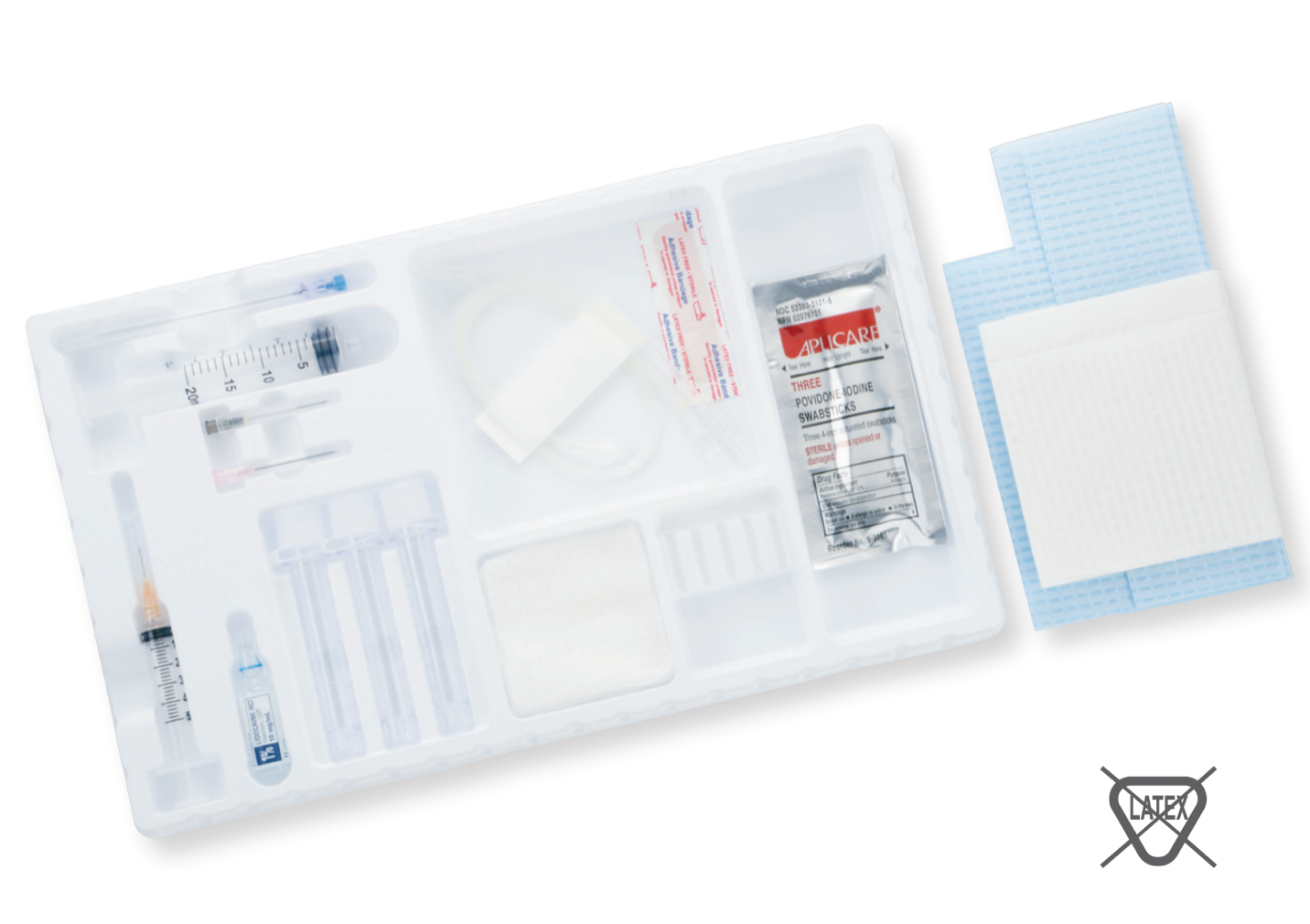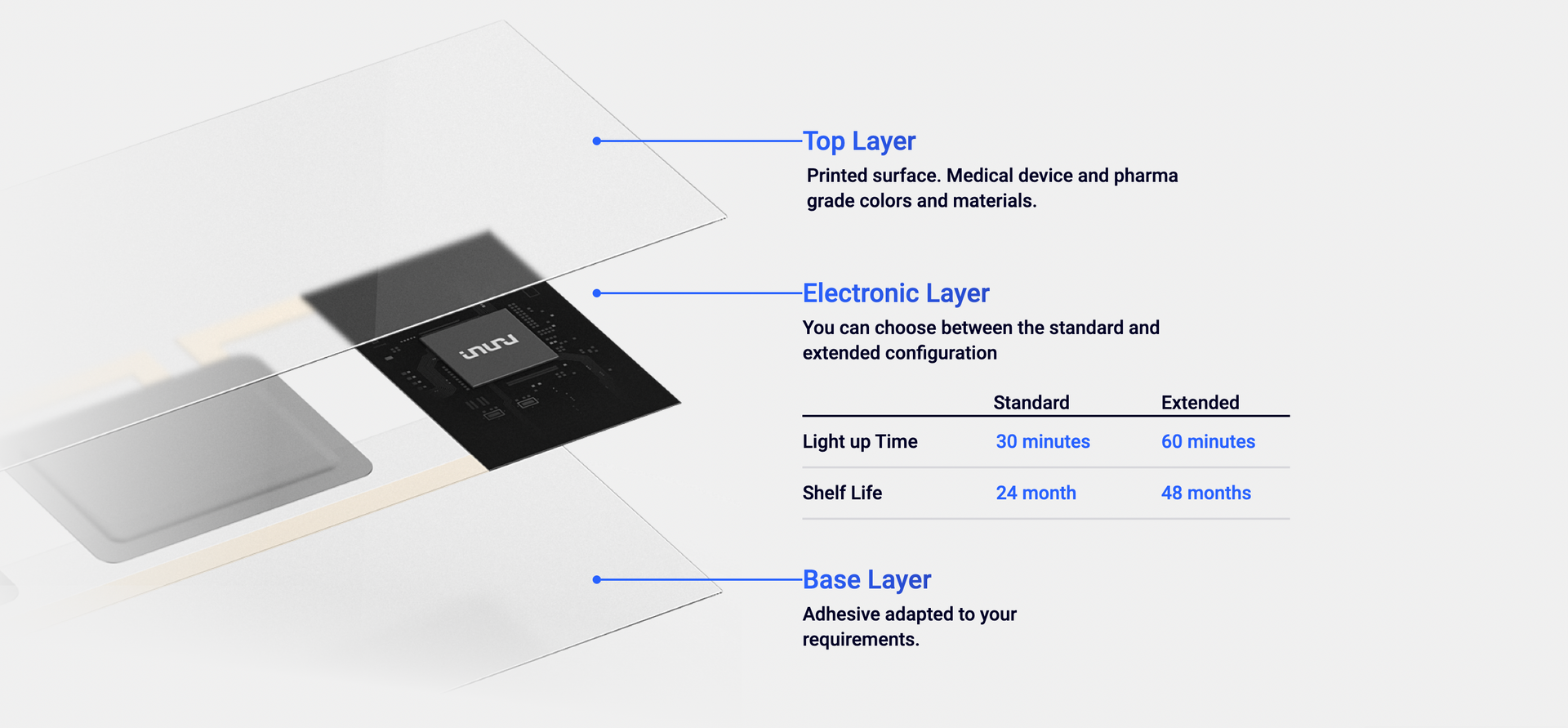Chewable Supplements vs Liquid Supplements for Dogs
Chewable Supplements vs Liquid Supplements for Dogs

The time has come to pick out a supplement for your dog. As you browse the pet food aisle, an overwhelming number of options sit before you. Dozens of supplements share the same ingredients and potential health benefits. With so many options out there, it’s hard to know which one is right for your pup.
The main difference between these supplements is the format: chewable or liquid form. At first glance, you might not think the difference matters very much. But the type of pet health supplement actually matters a great deal, especially if you’re concerned about the supplement’s potency or how difficult it is to administer it to your dog.Here’s a breakdown of chewable and liquid supplements to help you decide which is better for your pup.
The taste of each supplement
Chewable supplements aren’t just good for your dog’s health. They can serve as a healthy treat your pup looks forward to every day. Chewable supplements can replace highly processed treats that are packed with fillers, carbohydrates and artificial preservatives. Every piece is infused with natural flavors your dog will love, such as salmon, chicken and peanut butter. They taste so good, your dog won’t be able to tell the difference!
Liquid supplements are equally palatable to dogs. You can mix them into your dog’s food or feed the supplements all on their own as a treat. Liquid formulas usually contain natural bacon, chicken or beef flavors to enhance their smell and taste. Some liquids even use plant-based sweeteners to cut out processed sugars.
Feeding supplements to your pet
Chewable and liquid supplements differ in the way pet parents administer them to their dogs. Despite the enticing flavors, chewable supplements might not be the best option for picky eaters or those who simply don’t like trying new things. Your dog might try to spit out a chewable supplement, even if it’s hidden in meat, peanut butter or mashed bananas. If you bury the supplement in their kibble, your dog could easily eat around it. That being said, food-motivated dogs who love new treats should have no problem gobbling up a chewable supplement.
Liquid supplements are sometimes easier to administer because they mix well with water, kibble and canned food. Chances are, your dog won’t even notice you added something extra to their food bowl. The formula gets absorbed into their food, so it’s impossible for your dog to spit out or eat around the liquid supplement. This makes liquid supplements ideal for picky eaters and dogs that are sensitive to new textures.
Also consider where the supplements need to be administered. Liquids are sometimes less portable than their chewable counterparts because they require a dropper, syringe or measuring spoon. This can make it trickier to administer a liquid supplement while you’re on the go. If you travel a lot, a small pouch of treat-like chewables may be easier.
Absorption rate of the supplements
Chewable supplements tend to have a slower absorption rate. They’re often made with an outer shell designed to hold the ingredients. The digestive tract has to break down this outer shell before absorbing the nutrients held inside it. However, this doesn’t mean chewable supplements are any less effective than liquid ones! It just takes a bit more time for the nutrients to enter your dog’s system.
Liquid supplements absorb much faster because the digestive tract doesn’t have to work as hard to break down its components. They don’t need any extra ingredients to hold the contents together. Once your dog ingests the liquid formula, they can absorb the nutrients directly into their bloodstream. Because of this, you might notice liquid supplements take effect faster than chewable ones.
The supplements’ nutritional content
Chewable supplements are a great source of vitamins, minerals and essential fatty acids. They can support many elements of your dog’s health, including the heart, brain, liver, skin and more. Since the ingredients are packaged into solid, bite-sized pieces, chewable supplements also contain outer shells and binding agents that hold the ingredients together. This means chewable supplements tend to be slightly less potent than liquid formulas. Regardless, chewable supplements are still very nutritious for dogs.
Liquid supplements are usually more potent because every ingredient contributes to your dog’s health. They don’t contain extra substances like outer shells or binding agents. Your dog’s digestive system is able to absorb and make good use of everything in a liquid supplement.
Chewable and liquid supplements are both excellent choices for achieving a well-balanced diet. It all comes down to which one your dog likes the most. Preferences vary for each dog, so try both types of supplements to determine the best fit. Remember to ask your vet about dosage and reputable brands before administering a supplement to your pup.
You might also like










